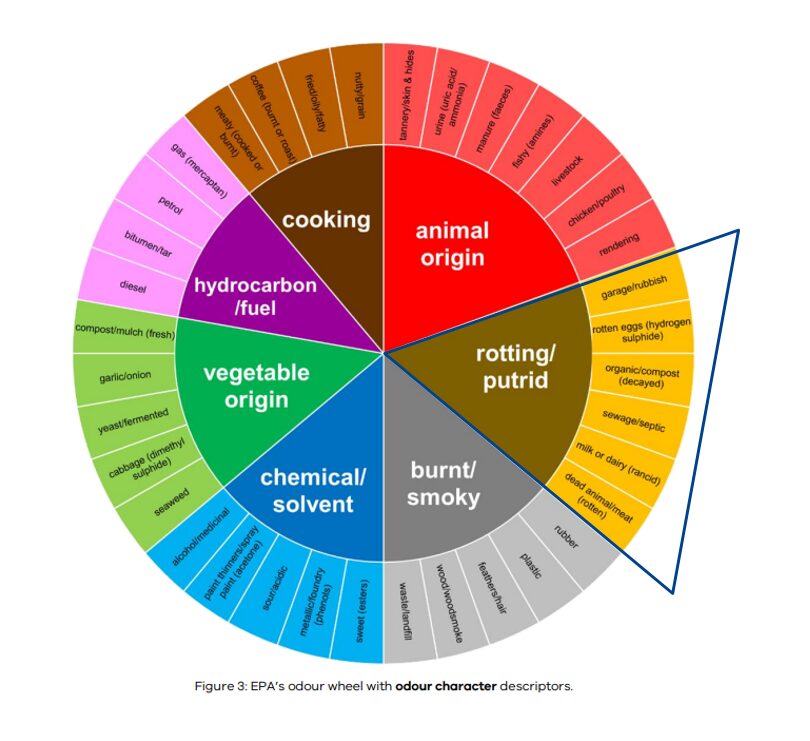Wastewater and odour
The wastewater treatment plants within our service region play a key role in managing waste and environmental impacts within our communities.
The wastewater treatment plants within our service region play a key role in managing waste and environmental impacts within our communities. One potential impact can be odour.
We acknowledge that our operations including sewage treatment plants may cause odour from time to time. We do our best to minimise the effects of odour and are always looking for new ways to avoid or reduce the impact where possible.
What causes odour from wastewater treatment plant
Odour can be generated from different sources (see EPA’s odour list). The main source of odour from LMW’s operations is from sewage treatment plants – particularly when undergoing maintenance. This is relatively minor and generally occurs under specific wind and weather conditions that impact odour distribution. However, under specific wind and atmospheric conditions, more intense odours may be distributed causing discomfort.
Odours from our sewage treatment plants often have a rotting/putrid smell due to the presence of hydrogen sulphide and similar odorous compounds.

How to report odour
Odour is a key environmental issue set out in the Environment Protection Act 2017 (the Act). Odour is also defined as a form of pollution. If you are experiencing odour that you believe is coming from one of LMW’s assets or sites, please report it by call 1800 808 830 or by lodging an online request.
It is important you report this at the time of smelling the odour, so we can investigate the matter in a timely manner.
To help our investigations, try and provide detail such as:
- when you smelt the odour
- what it smelt like
- the duration of the smell